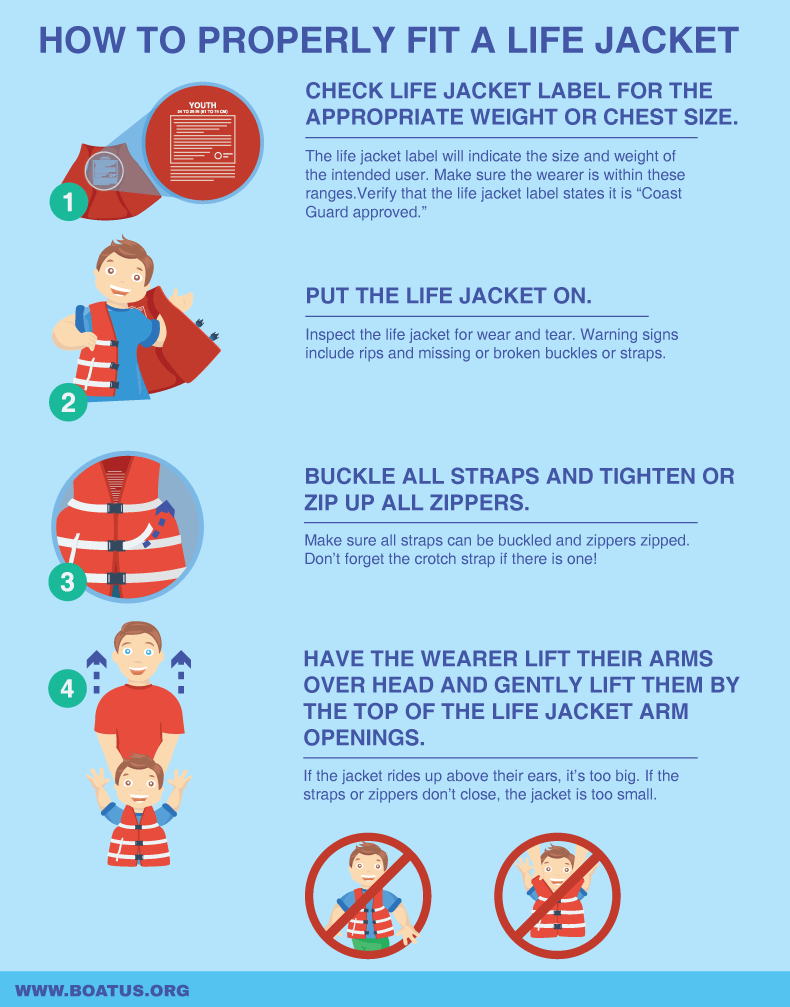A properly fitted life jacket is essential for safety. Follow these steps to find the best fit:
- Measure for Accuracy – Using a soft measuring tape, measure the widest part of your chest or belly while seated. Life vests are sized differently from regular clothing and should not be chosen based on personal fit preferences.
- Check the Manufacturer’s Label – Ensure the vest is designed for the wearer’s size and weight.
- Fasten Securely – Put on the vest and secure all buckles and the zipper (if applicable).
- Perform a Fit Test – Raise your arms straight overhead.
- Check for Movement – Have a friend gently lift the vest by the arm openings.
- Assess Fit – The vest should not ride up over the chin or face, and there should be minimal excess room around the openings. A properly fitted life jacket should feel like a second skin and stay flush against the body.
- Test in Water – For the best fit, try the life jacket in shallow water under safe, supervised conditions. A well-fitted vest should not ride up in the water—the shoulders should stay snug and not shift toward the ears.
We want to ensure every customer has the best experience on the water. The vests we carry undergo fit testing and are made with premium materials to maximize comfort, mobility, and durability.

